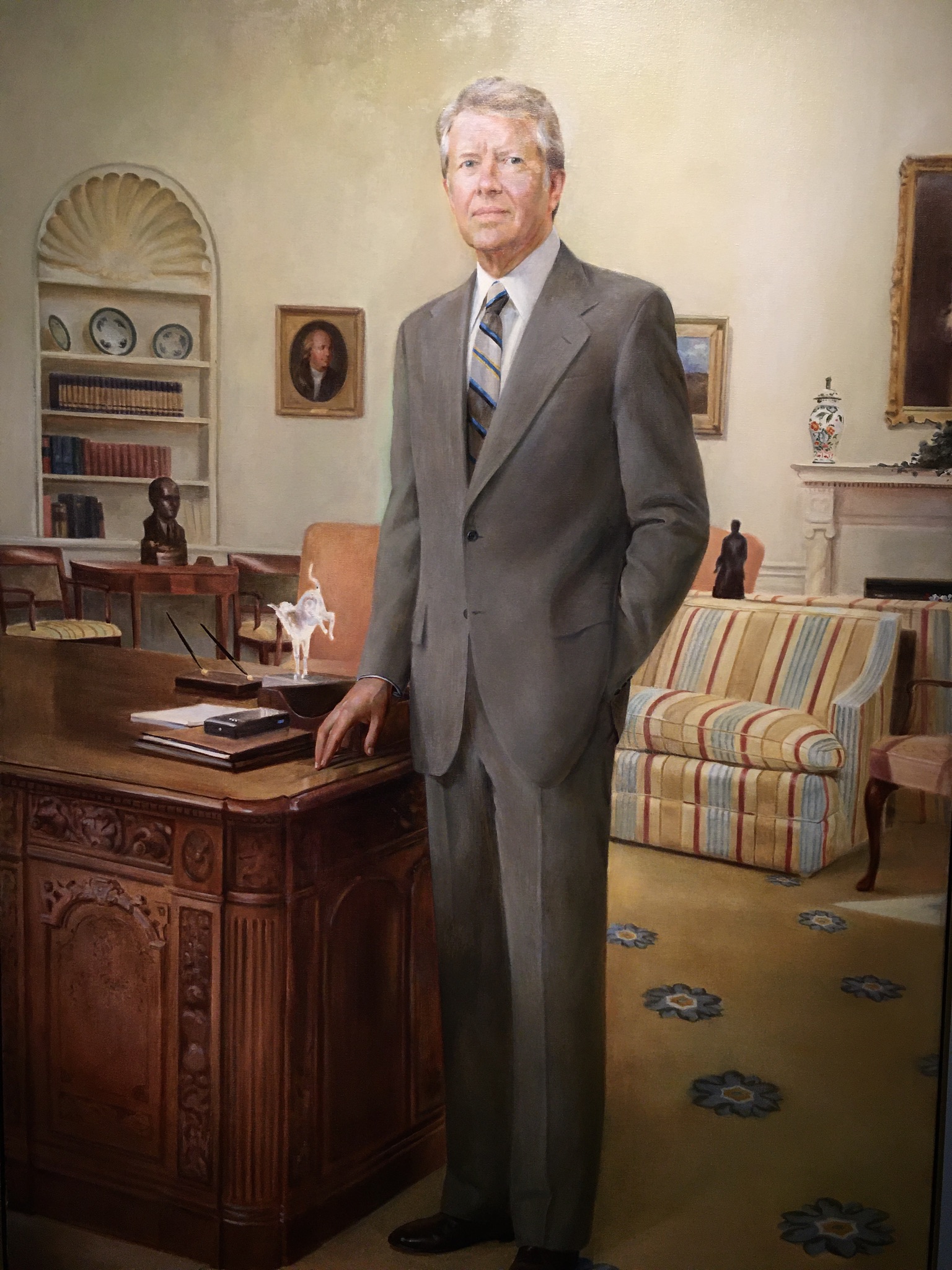Robert Gamble is a presbyterian minister who has led a mission in Ukraine since 2006. His charity, This Child Here, is a 501 C 3 non-profit. Here is What We Do from the website:
We work with families displaced by the war. Thousands of people have fled cities in the east and arrived in Izmail, Ukraine in the west. As many fathers are in the military or still residing in places now dangerous, these families often consist of mothers and children. We provide products from grocery stores, and centres for youth and children’s activities, including sports, music,and art. Through these activities, summer camps, and the supportive community we have built, we offer therapy for the trauma and shock suffered by these families.
Early in the war in 2022 he wrote a long letter reflecting on the seeming contradiction of peacemaking and love in a time of war. An edited version follows.
From a letter by Robert Gamble
Love in a Time of War
A time to love and a time to hate, a time for war and a time for peace.
Ecclesiastes 3:8
And now these three remain: faith, hope and love. But the greatest of these is love.
I Corinthians 13:13
It’s hard to say something not already said, but I’ve learned something knew. A hard truth.
In December I rode in a van with a Mennonite minister; we were crossing a field on a dirt and snow covered road lined with bushes and trees on both sides. In the war zone in the east. I saw a few military vehicles. I saw a Ukrainian soldier with a rifle sitting on the snow, covered in white. A tree had been cut to fall across the road ahead of us.
At first I thought we might get out and move it. But then I thought: maybe it is rigged to explode. In the field on both sides were red and white signs: Danger Mines. There was no way around the tree. We backed up about 200 yards and started on another road across the field.
That’s when I realized, this could be the plan. They knew we would go around. . . I remember sitting in the passenger seat to look out the windshield at the dirt and snow ahead in search of signs of digging to place a mine.
For the first time, I was afraid. Confronted with the TRUTH: YOU MIGHT DIE, all thoughts of peacemaking, or reconciliation between Russians and Ukrainians dissolved.
Here are some truths, spoken by people in Ukraine:
“Ordinary people, as always, suffer while politicians play games.”
“This genocide will be in history, but we do not need such a history, we need peace.”
“Today, on the eighth day of the war, I felt as if I were living in another life. The first shock has passed, there remains a persistent belief that we must be patient, and all this will pass. That everything will end well. …. Moreover, almost everyone has become close – having united in one family, they are trying together to help for the sake of victory. Children, little home front warriors, draw touching pictures calling for peace, women cut fabric into strips and weave camouflage nets, men ensure the life of the city and prepare Molotov cocktails. And all together help the weak and lonely. There has never been such a unifying, inspiring feeling…”
Lies in War
I don’t know what is true in this war. . .
In Ukraine, there are two LIES.
- Ukraine is run by Nazis
- Russia must be protected from invasion by Ukraine and NATO.
The truth is Putin is the Nazi, and Putin is invading Ukraine.
He projects his own darkness onto the country of Ukraine.
Many in Russia believe these lies. I’ve seen it… written on the walls of buildings burned “Death to Nazis”….. written by pro-russian separatists, living in Ukraine, believing that Ukraine is run by Nazis.
Media outlets in Russia Facebook, Instagram, other social media are closed. How long can he keep the truth outside Russia? 15,000 were arrested for demonstrations.
How can they keep this lie alive? They keep it alive with fear.
Fooled by Lies
I was fooled by these lies.
I did not believe this war would happen. I knew he was lying and I thought it was all posturing to negotiate. What I didn’t realize was that Putin knew that I knew he was lying. And I would believe it was all posturing for negotiation. All this was like smoke covering the truth that was truly unbelievable: all along, he intended to invade.
The war began at 4am on Thursday, Feb 24th.
I was in a small city in the western and southernmost part of Ukraine. Izmail sits on the Danube; across the river is Romania. It’s a safe place to be, far from the paths of any Russian troops.
On Friday, the second day of the war, I saw a video of a Russian Submarine, cutting through the Black Sea, close to the coast of Odessa, likely in preparation for a landing of soldiers by sea. I watched videos of Russian soldiers, gunfire on the streets, a Russian tank crushing an automobile, a tiny island laid waste by a Russian warship– all 13 Ukrainian guardsmen dead. I saw crowds fleeing Kiev and citizens lining up to receive automatic weapons to defend Ukraine.
In the afternoon, my brother-in-law called, a colonel in the US Army, retired. We talked for the third time. He explained how wars steadily expand in the beginning, urging me to get out of Ukraine.
I decided it was time to leave.
I took a taxi to the border and a ferry to Romania. Volunteers from Romania met me on the other side. They offered us food and drinks. A man came and we drove an hour to his city; he took me to his home where his wife prepared dinner. Later, he put me on the train to Bucharest. “Tell the rest of the world how the good people of Romania took care of you”
I have been working for peace in the world since the 1980’s. I was in Nicaragua during that war, trying to build bridges for peace…. I’ve been working for peace in Ukraine since the war started in 2014.
This Child Here has trained many teens in peacemaking techniques: how to manage conflict, how to listen to your enemy, how to offer alternatives to violence, how to reach consensus. My hope is for a camp for Russian and Ukrainian youth together. My hope is that nations will “beat their swords in plowshares and spears into pruning hooks.”
Evil In the World
But a time comes, rarely comes, when humans, people of faith, the people of God, and I speak as a Christian, must take up weapons to protect and save their own lives and the lives of those they love.
There is evil in the world, and at times this evil has to be stopped. The only hope lies in picking up the very same guns you hoped would go away.
I could have gotten in line for an AK 47. But do I pick up a weapon and kill? I think I am now too old and sensitive to do this… I don’t want those images in my mind.
Do I recruit Americans to go and fight? Do I pray for Russians to die.
Do I believe God is with us? Do I bless war itself?
At best, I can pray and hope it will end.
This Is Love
Now I want to say something personal, because what is most personal is also most universal.
I said goodbye to someone I love and care about before I stepped on the barge to cross to Romania. I said goodbye across a fence. I did not feel sympathy; I felt respect.
I fear for her life, not because she is weak but because she is brave.. This is love.
And then I realized this is how I feel for the Ukrainian people, not sympathy but respect. I fear for their lives, not because they are weak, but because they are brave. This is love.
I think about love and war. I am talking about romantic love, love for family, friends, colleagues, a country even. But it came to me, when I was looking at someone I love…. just looking at this person. I understood: love makes war bearable.
Milan Kundera who is Czech wrote about that country’s 1968 invasion in the Unbearable Lighteness of Being: “For there is nothing heavier than compassion. . .The heaviest of burdens crushes us, we sink beneath it, it pins us to the ground…. The heaviest of burdens is therefore simultaneously an image of life’s most intense fulfillment. The heavier the burden, the closer our lives come to the earth, the more real and truthful they become.
Love helps us bear the burden of war. And there is a second truth: War makes love precious.
I close with this: we say what we believe in that ancient creed, “He was crucified, dead and buried.” For Christ it was the heaviest of burdens, and was followed by the resurrection—the image of life’s most intense fulfillment.
For the people of Ukraine, and for any of us, the heavier the burden, the closer we are to the earth, the more real and true we become. It is a hard truth, and it is why “the greatest of these is love.”
Editor’s note: Rev. Gamble returned almost immediately to Ukraine and continues his work there today. In 2024 he married the woman who is the local administrator of his charity.









